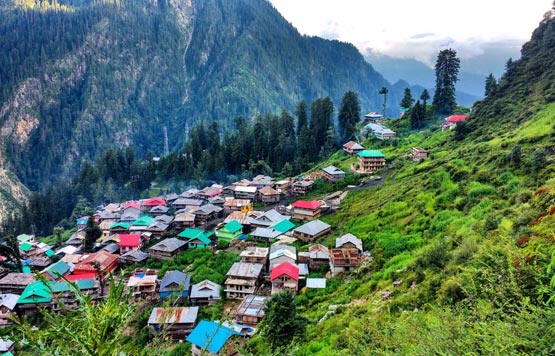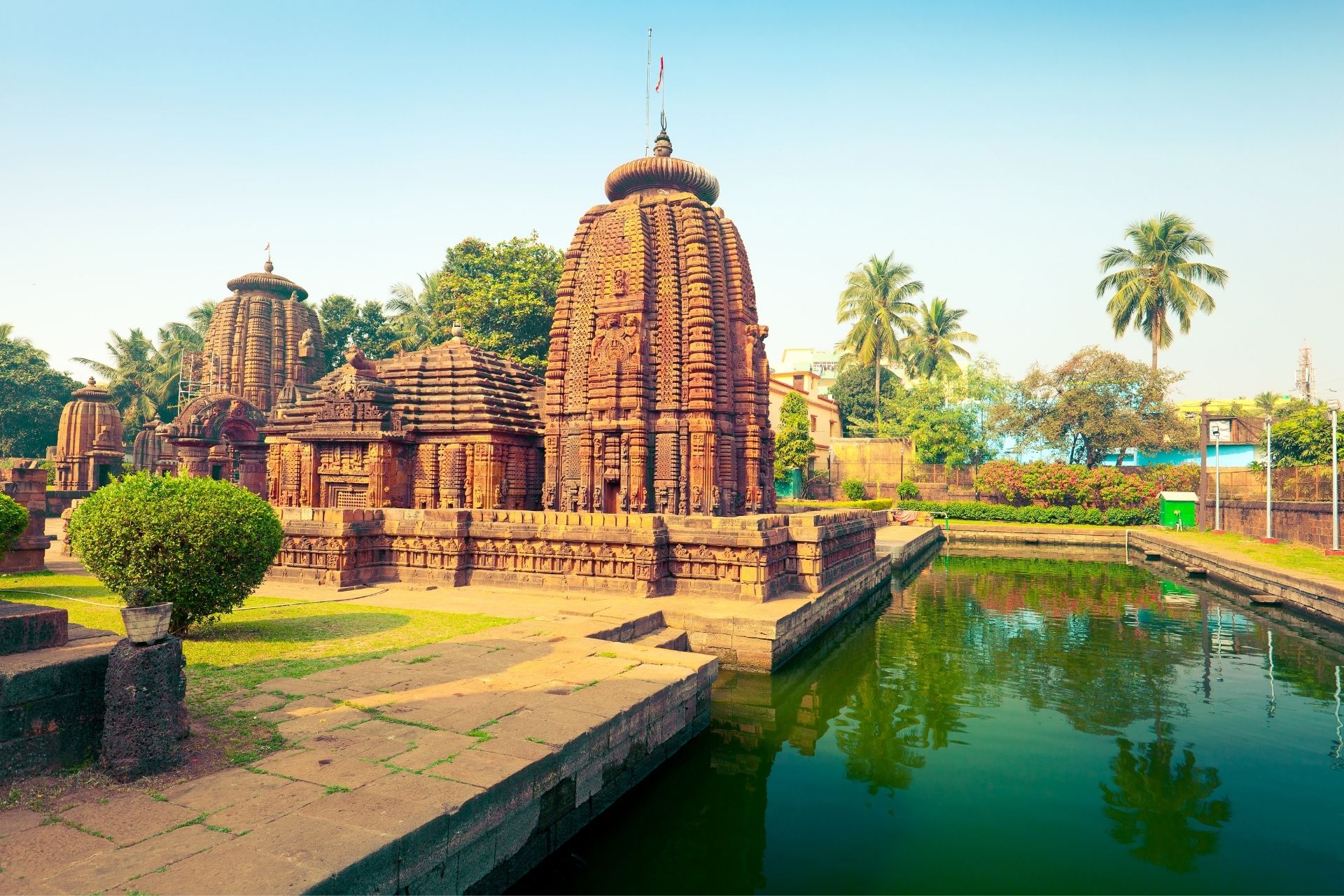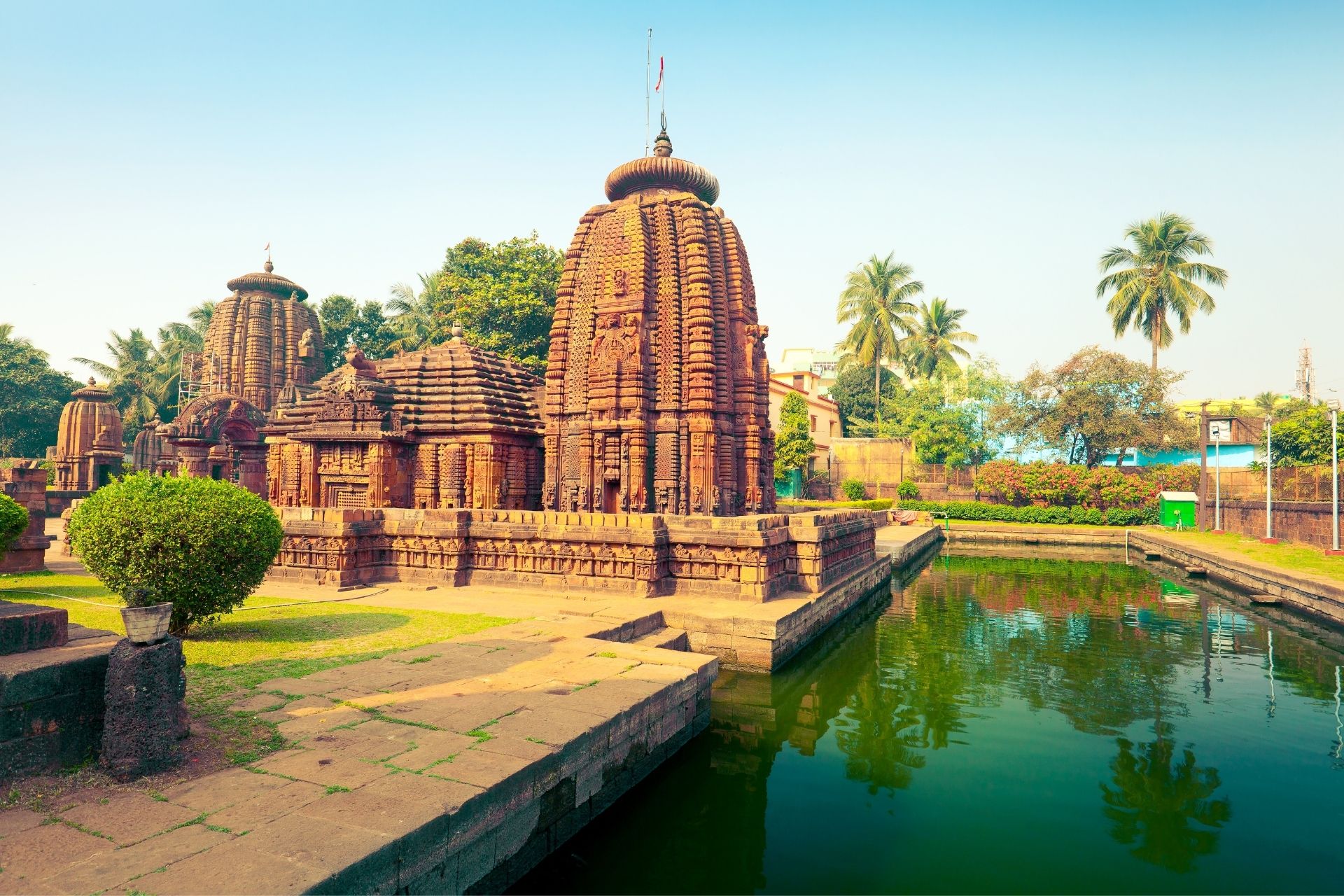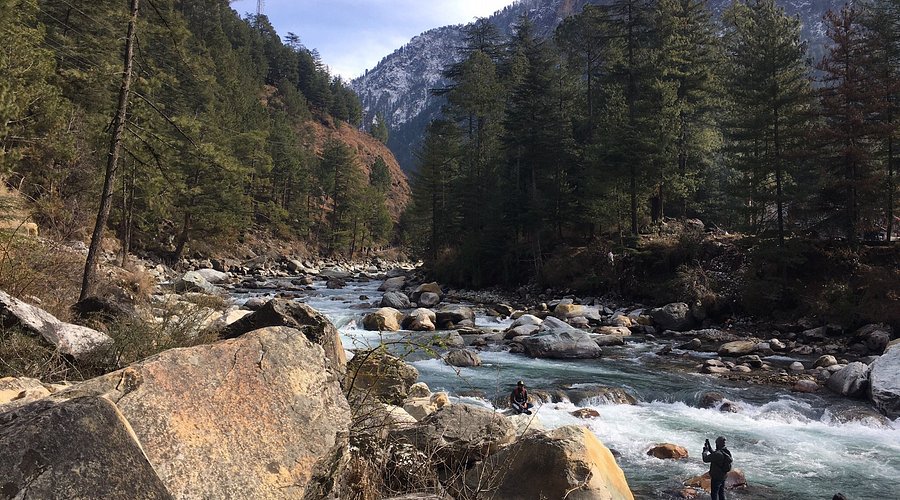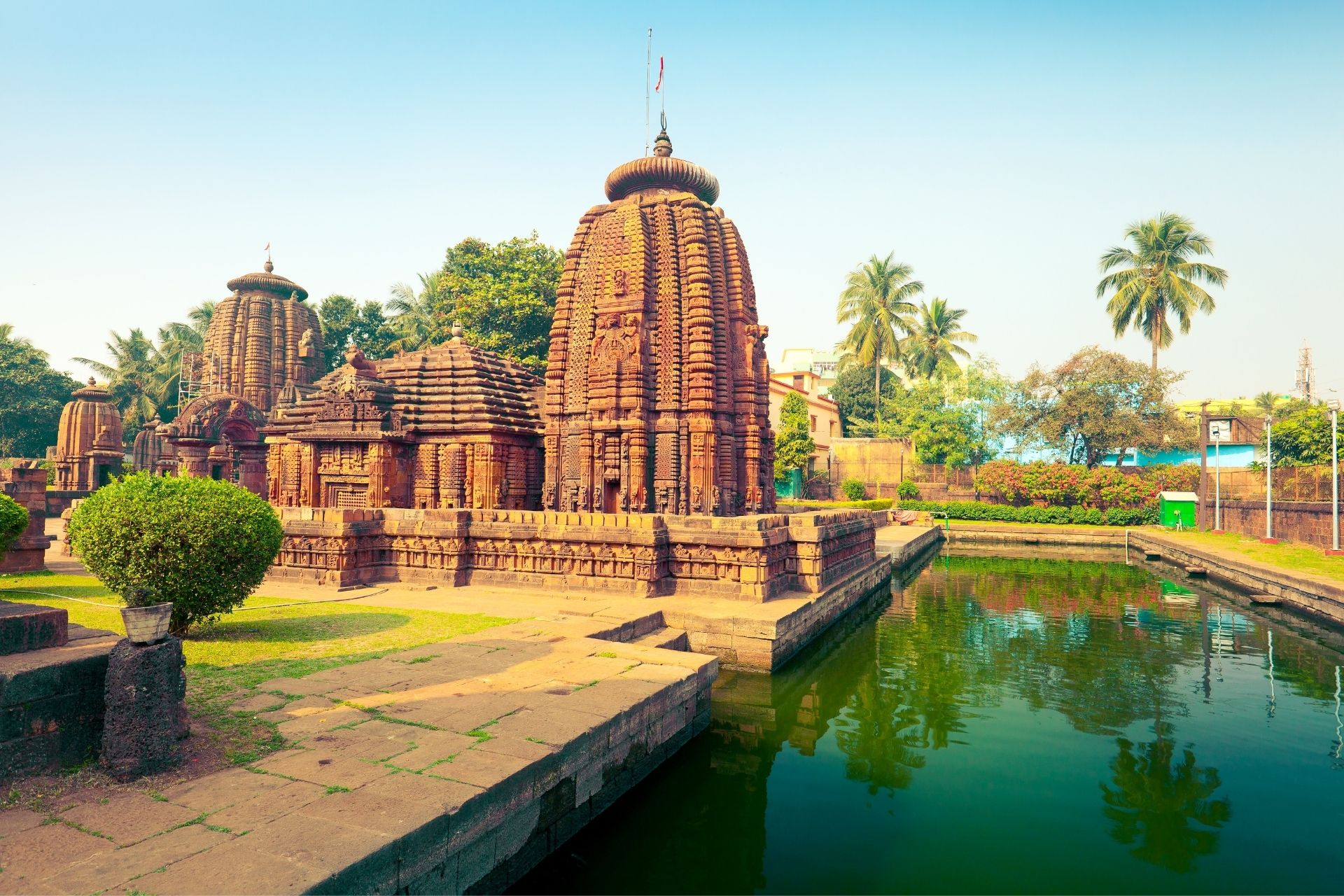The Sacred Journey: History and Significance of Gundicha Temple in Jagannath Culture
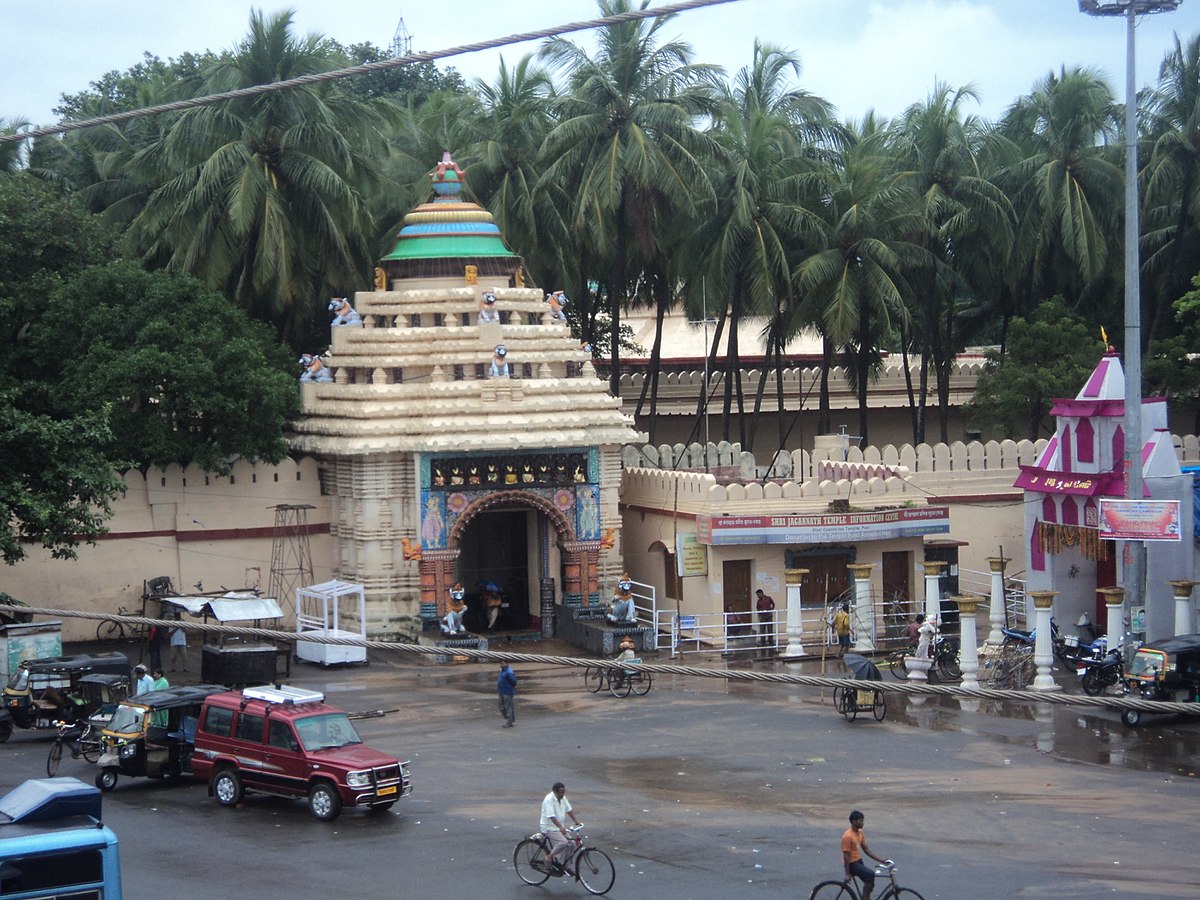
Strong 8k brings an ultra-HD IPTV experience to your living room and your pocket.
Nestled in the heart of Puri, Odisha, the Gundicha Temple stands as a symbol of divine hospitality and deep spiritual tradition in the Jagannath culture. This modest yet sacred shrine becomes the focal point of one of the most celebrated festivals in India—Rath Yatra (Chariot Festival)—when Lord Jagannath, along with his siblings Balabhadra and Subhadra, leaves his main abode in the Jagannath Temple to visit his aunt’s house, the Gundicha Temple. This journey is not just a physical procession but a profound spiritual experience that connects millions to the divine.
Gundicha Temple History: A Spiritual Legacy
The Gundicha Temple, located about 3 kilometers from the Jagannath Temple, is said to have been constructed in the 16th century by the queen Gundicha, the wife of King Indradyumna, the legendary founder of the Jagannath Temple. Although historical evidence for Queen Gundicha's role remains limited, the temple is deeply associated with her name and is revered as her house.
Architecturally, the temple is built in typical Kalinga style, with four major parts: Vimana (sanctum), Jagamohana (assembly hall), Nata Mandapa (festival hall), and Bhoga Mandapa (offering hall). Unlike the Jagannath Temple, it is relatively simpler in design and does not house any permanent deities throughout the year. Instead, it serves as a temporary residence for Lord Jagannath and his siblings during the annual Rath Yatra.
The temple is surrounded by a lush garden and is often called the “Garden House of Jagannath.” The greenery around the temple offers a tranquil contrast to the grandeur and bustle of the main Jagannath Temple, making it an ideal resting place for the deities during their brief vacation.
Why Jagannath Goes to Gundicha Temple
The central question in every devotee’s mind during the Rath Yatra is: Why does Lord Jagannath go to Gundicha Temple? The answer lies in both mythology and tradition.
According to Vaishnava lore, Gundicha Temple is considered the home of Lord Jagannath’s aunt. The Rath Yatra is symbolic of Lord Jagannath visiting his maternal home, a common cultural tradition in India where children often visit their maternal uncles and aunts during special occasions. The deities stay there for seven days, enjoying offerings and rituals before returning to the main temple in a return procession called Bahuda Yatra.
Another perspective is rooted in Bhakti (devotional) philosophy. It is believed that the Gundicha Temple represents the heart of a true devotee. When the devotee cleanses their heart with love and devotion (as symbolized by the ritual of Gundicha Marjana, where the temple is thoroughly cleaned by devotees and priests), Lord Jagannath leaves his opulent temple to dwell in the humble heart of that devotee.
Gundicha Temple Story: Myths and Miracles
There are several captivating stories associated with the Gundicha Temple and Lord Jagannath’s visit there. One of the most popular tales comes from Chaitanya Mahaprabhu, the 15th-century saint and ardent devotee of Lord Jagannath. It is said that during Rath Yatra, Chaitanya would dance ecstatically in front of the chariot, lost in divine love. When Lord Jagannath reached Gundicha Temple, Chaitanya would spend time there in deep devotion and spiritual trance.
One remarkable tale tells of how Lord Jagannath, while at Gundicha Temple, expressed his joy by eating all the food offerings prepared with love by the devotees. It is believed that the deities enjoy a special menu of delicacies in Gundicha that are different from their daily offerings at the Jagannath Temple.
The ritual of Gundicha Marjana, initiated by Chaitanya Mahaprabhu, also holds spiritual significance. On the day before Rath Yatra, the temple is thoroughly cleaned and washed with sanctified water—a symbolic act representing the purification of the heart to receive God.
The Journey of the Divine: Rath Yatra and Gundicha’s Role
The Rath Yatra begins with a grand celebration. Three magnificent wooden chariots are prepared—Nandighosa for Lord Jagannath, Taladhwaja for Lord Balabhadra, and Darpadalana for Goddess Subhadra. Lakhs of devotees pull the chariots through the Grand Road (Bada Danda) from the Jagannath Temple to the Gundicha Temple.
This nine-day journey is packed with rituals and cultural performances. Upon reaching the Gundicha Temple, the deities are welcomed with traditional Odia hospitality, including floral decorations, music, and ceremonial offerings. They reside in the temple for seven days, during which special rituals and pujas are conducted. On the ninth day, the deities return in a similar procession.
Interestingly, the Gundicha Temple is not used for any other major rituals throughout the year. Its exclusive role during Rath Yatra adds to its mystique and spiritual aura. It becomes alive only during this divine visit, symbolizing the belief that God comes where there is love and devotion.
Spiritual Symbolism of the Gundicha Temple
The Gundicha Temple visit is rich in metaphorical and spiritual meanings. It represents God's accessibility to all devotees. Despite the grandeur of the Jagannath Temple, the Lord leaves his throne to come to a simpler abode, signifying that God values humility and heartfelt devotion over material wealth and opulence.
In some interpretations, the temple journey is seen as an allegory of the soul’s journey—the soul (symbolized by Lord Jagannath) leaves its physical body (represented by the main temple) and travels to a pure, sanctified space (the Gundicha Temple) that has been cleansed through penance and devotion. This mirrors many yogic and Vedantic ideas about inner purification and divine realization.
Conclusion
The history of Gundicha Temple, its cultural stories, and its central role in the Rath Yatra form a unique spiritual chapter in the Jagannath tradition. It is not just a destination but a divine abode where myth, devotion, and history converge. The annual journey of Lord Jagannath to Gundicha Temple reminds us of the simplicity and sincerity required to host the divine—not just in a temple, but in our hearts.
Every year, as thousands pull the chariots and chant the Lord's name in unison, the path to Gundicha Temple becomes a spiritual highway, leading not just to a physical destination but to deeper realms of faith, devotion, and inner transformation. In the dance of wheels and chants, in the fragrance of flowers and sacred chants, lies the eternal story of a God who travels not for grandeur, but for love.
Note: IndiBlogHub features both user-submitted and editorial content. We do not verify third-party contributions. Read our Disclaimer and Privacy Policyfor details.



